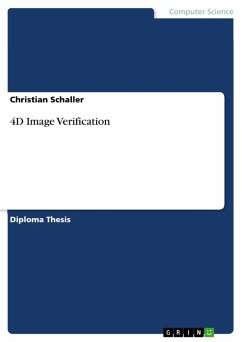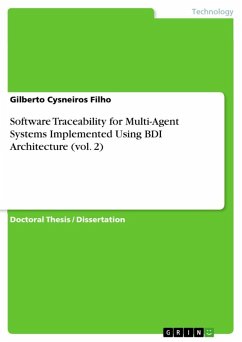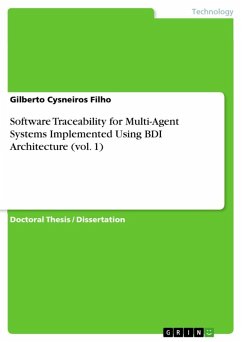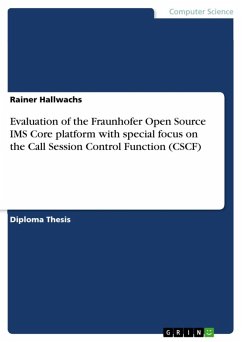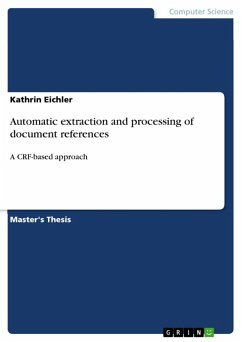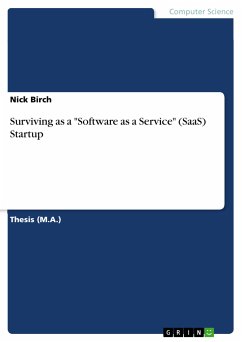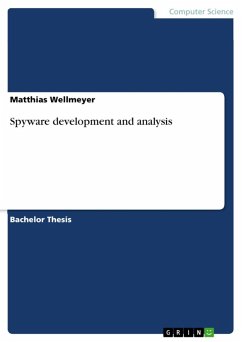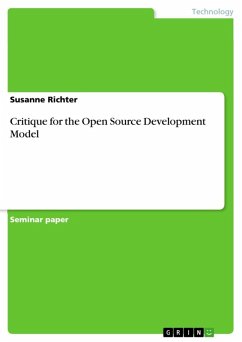Diploma Thesis from the year 2007 in the subject Computer Science - Applied, grade: 1,0, Friedrich-Alexander University Erlangen-Nuremberg (Lehrstuhl für Mustererkennung), language: English, abstract: Far reaching developments and technical advances took place within the field of radiotherapy in the last years. Radiotherapy within the chest and abdomen area is especially important in the field of radiotherapy. Within this regions, organ and tumor positions are significantly affected by patient respiration. The tumor motion, caused due to respiration is compensated by extending the treated area. This extension covers all possible positions of the tumor and therefore also includes healthy tissue. Several clinical studies provide evidence of a survival advantage for higher dose levels. To spare a maximum of healthy tissue physicians use 'gated radiotherapy'. Common recent approaches for gated radiotherapy are based on the observation of a surrogate. This either can be an implanted fiducial marker or an external signal, which is trying to capture the patients' respiration. Within this thesis principles and methods of 'gated radiotherapy' are described. Additionally an overview of recent patents and products related to radiotherapy are presented and advantages and disadvantages of both common approaches are discussed. This discussion leads to a new developed method, which is introduced. The method joins advantages of both known methods but disregards their disadvantages. The developed algorithm is using image guided methods and methods of medical image processing. A mapping between a 4D-CT planning volume and a most recent acquired fluoroscopic sequence of the same patient is calculated before treatment. Using this mapping and an external breathing signal the physician can define gating intervals and treat the patient in certain breathing phases. The developed algorithm is included in an existing prototype developed by Siemens Corporate Research (SCR) in Princeton, NJ, USA. Using this prototype, the application of the method is shown. Furthermore another prototype to acquire respiration synchronized fluoroscopic sequences is developed. Both applications are introduced within this thesis.
Dieser Download kann aus rechtlichen Gründen nur mit Rechnungsadresse in A, B, BG, CY, CZ, D, DK, EW, E, FIN, F, GR, HR, H, IRL, I, LT, L, LR, M, NL, PL, P, R, S, SLO, SK ausgeliefert werden.

